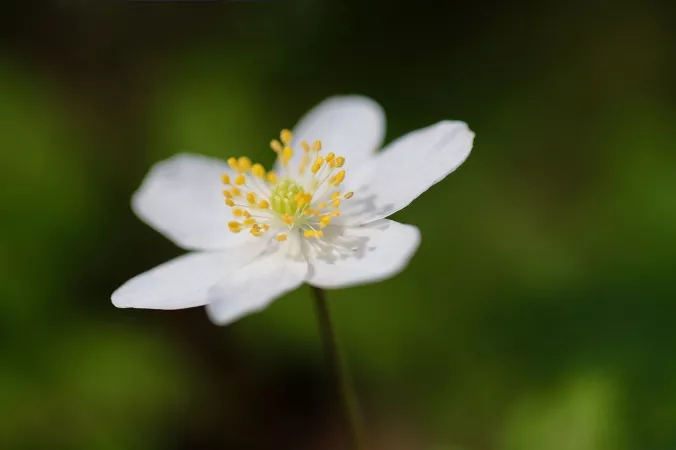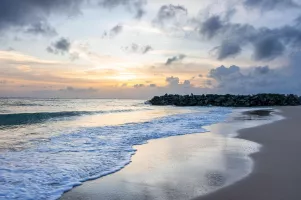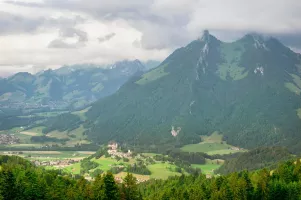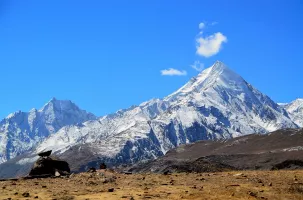Dzuko Valley Travel Guide
Dzuko Valley, located in the northeastern state of Nagaland in India, is a breathtaking destination that offers a perfect blend of natural beauty and cultural richness. The valley is famous for its picturesque landscapes, diverse flora and fauna, and vibrant tribal communities. Its historical significance lies in being home to various indigenous Naga tribes, each with its unique traditions and customs.Top Attractions in Dzuko Valley
1. Dzukou Valley Trek 2. Japfu Peak 3. Dzukou Lily 4. Khonoma Village 5. DzulekieDzuko Valley is Famous for
Dzuko Valley is most famous for its stunning Dzukou Lily, a rare and beautiful flower that blooms in abundance during the spring season.Top Attractions in Dzuko Valley
- Dzukou Valley Trek - Japfu Peak - Dzukou Lily - Khonoma Village - DzulekieWhat's Great about Travelling to Dzuko Valley?
- Adventure enthusiasts seeking a unique trekking experience - Nature lovers looking to immerse themselves in pristine landscapes - Photographers capturing the beauty of the Dzukou LilyWhat's Not So Great about Travelling to Dzuko Valley?
- Visitors who prefer luxurious accommodations and amenities - Travelers with mobility issues due to rugged terrains - Those sensitive to high altitudes may face altitude sicknessTravel Tips for Dzuko Valley
- Obtain Inner Line Permit (ILP) before visiting Nagaland - Wear sturdy hiking shoes and carry enough water and snacks for treks - Respect the local customs and traditions of the Naga tribesImportant Dzuko Valley trip information
- Ideal Duration: 3-4 days to explore the valley and nearby attractions.
- Best Time to Visit: The best time to visit Dzuko Valley is during the spring season (March to May) when the Dzukou Lily is in full bloom.
- Nearby Airports and Railway Stations: The nearest airport is Dimapur Airport, and the closest railway station is Dimapur Railway Station.
Per Person
12,000
*EXCLUDING APPLICABLE TAXES 3.7 Ratings
( 5 Reviews )
( 5 Reviews )
Per Person
17,000
*EXCLUDING APPLICABLE TAXES 5.0 Ratings
( 4 Reviews )
( 4 Reviews )
Per Person
16,500
*EXCLUDING APPLICABLE TAXES 5.0 Ratings
( 4 Reviews )
( 4 Reviews )
Per Person
13,000
*EXCLUDING APPLICABLE TAXES 5.0 Ratings
( 4 Reviews )
( 4 Reviews )
Per Person
15,500
*EXCLUDING APPLICABLE TAXES 5.0 Ratings
( 4 Reviews )
( 4 Reviews )
Per Person
15,500
*EXCLUDING APPLICABLE TAXES 5.0 Ratings
( 4 Reviews )
( 4 Reviews )
FAQ's on Dzuko Valley
Q1: What is the best time to visit Dzuko Valley?
The best time to visit Dzuko Valley is during the months of October to May when the weather is pleasant and ideal for trekking and exploring the lush landscapes. The valley is known for its blooming flowers during spring, making it a popular time for tourists. However, it is essential to check the weather conditions before planning your trip to ensure a comfortable and enjoyable experience.
Q2: Do I need a visa to travel to Dzuko Valley?
Dzuko Valley is located in the state of Nagaland, India. If you are a foreign traveler, you will need a valid Indian visa to visit the region. Make sure to check the visa requirements and apply for the necessary visa well in advance of your travel date to avoid any last-minute hassles. Certain nationalities may be eligible for visa-on-arrival or e-visa facilities, so it's advisable to verify the specific requirements based on your nationality.
Q3: What are the must-visit attractions in Dzuko Valley?
Dzuko Valley is renowned for its breathtaking natural beauty and offers several must-visit attractions for travelers. The Dzukou Valley itself is a highlight, with its picturesque landscapes, rolling hills, and vibrant flora. The Japfu Peak, Khonoma Village, and Dzuleke Village are also popular spots worth exploring. Adventure enthusiasts can indulge in trekking, camping, and birdwatching in the valley. Additionally, the local Naga culture and traditions provide a unique experience for visitors, making it a destination that combines natural beauty with cultural richness.
Q4: Is Dzuko Valley a safe place to travel?
Dzuko Valley is generally a safe place to travel, but like any destination, it is important to take necessary precautions. It is advisable to trek with a guide, especially if you are unfamiliar with the terrain. While the region is known for its warmth and hospitality, it's recommended to respect the local customs and traditions. As with any outdoor activity, be mindful of your surroundings and take care of your belongings. Overall, exercising common sense and following basic safety guidelines will ensure a pleasant and secure trip to Dzuko Valley.
Q5: What is the local currency in Dzuko Valley and can I use credit cards?
The official currency of India, the Indian Rupee (INR), is used in Dzuko Valley. While major towns may have ATMs, it is advisable to carry sufficient cash, especially when traveling to remote areas. Credit and debit cards may be accepted in some hotels, restaurants, and shops in urban areas, but it's recommended to have cash on hand for smaller establishments and local markets. Notify your bank of your travel plans to ensure seamless card transactions, and consider carrying small denominations for convenience.
Q6: What is the local cuisine like in Dzuko Valley?
The local cuisine in Dzuko Valley, influenced by Naga traditions, offers a unique culinary experience for visitors. Naga cuisine is known for its use of organic ingredients, fiery spices, and distinct flavors. Some popular dishes to try include smoked pork with bamboo shoot, akhuni (fermented soybean), and various types of chutneys. Rice is a staple food, and you can relish dishes like rice beer and various meat preparations. Vegetarians can enjoy dishes made with local vegetables and herbs. While exploring the valley, do not miss the opportunity to savor authentic Naga delicacies at local eateries and homestays for a true taste of the region.
Q7: What transportation options are available in Dzuko Valley?
Dzuko Valley is accessible by road, and visitors can reach the region by hiring a taxi or driving from nearby towns like Kohima or Dimapur. Public buses may also operate to certain points near the valley, but private transportation offers more flexibility. Within the valley, trekking is the primary mode of transportation for exploring the scenic landscapes. It's advisable to arrange for transportation in advance, especially during peak tourist seasons, to ensure a smooth travel experience. Additionally, local guides and tour operators can assist in organizing transportation and trekking arrangements for a hassle-free journey through the picturesque Dzuko Valley.
Q8: Are there any cultural norms or etiquette I should be aware of when visiting Dzuko Valley?
When visiting Dzuko Valley, it is important to respect the local customs and traditions of the Naga people. Dress modestly and avoid wearing revealing clothing, especially when visiting villages or cultural sites. Seek permission before taking photographs of locals or their property, as some may consider it intrusive. Greet people with a friendly "hello" or "kuzu-zangpo" (in the local dialect) to show respect. While exploring the valley, be mindful of the environment and avoid littering to preserve its natural beauty. Engage with the locals respectfully and be open to learning about their way of life. By embracing the local culture with sensitivity and respect, you can have a meaningful and enriching experience in Dzuko Valley.
Q9: I am a travel agent. How can I buy travel leads of Dzuko Valley?
Register yourself as a travel agent at agents.tripclap.com and then you can buy travel leads to Dzuko Valley once your account is approved. For more details contact our support team at +91-8069186564 or support@tripclap.com





